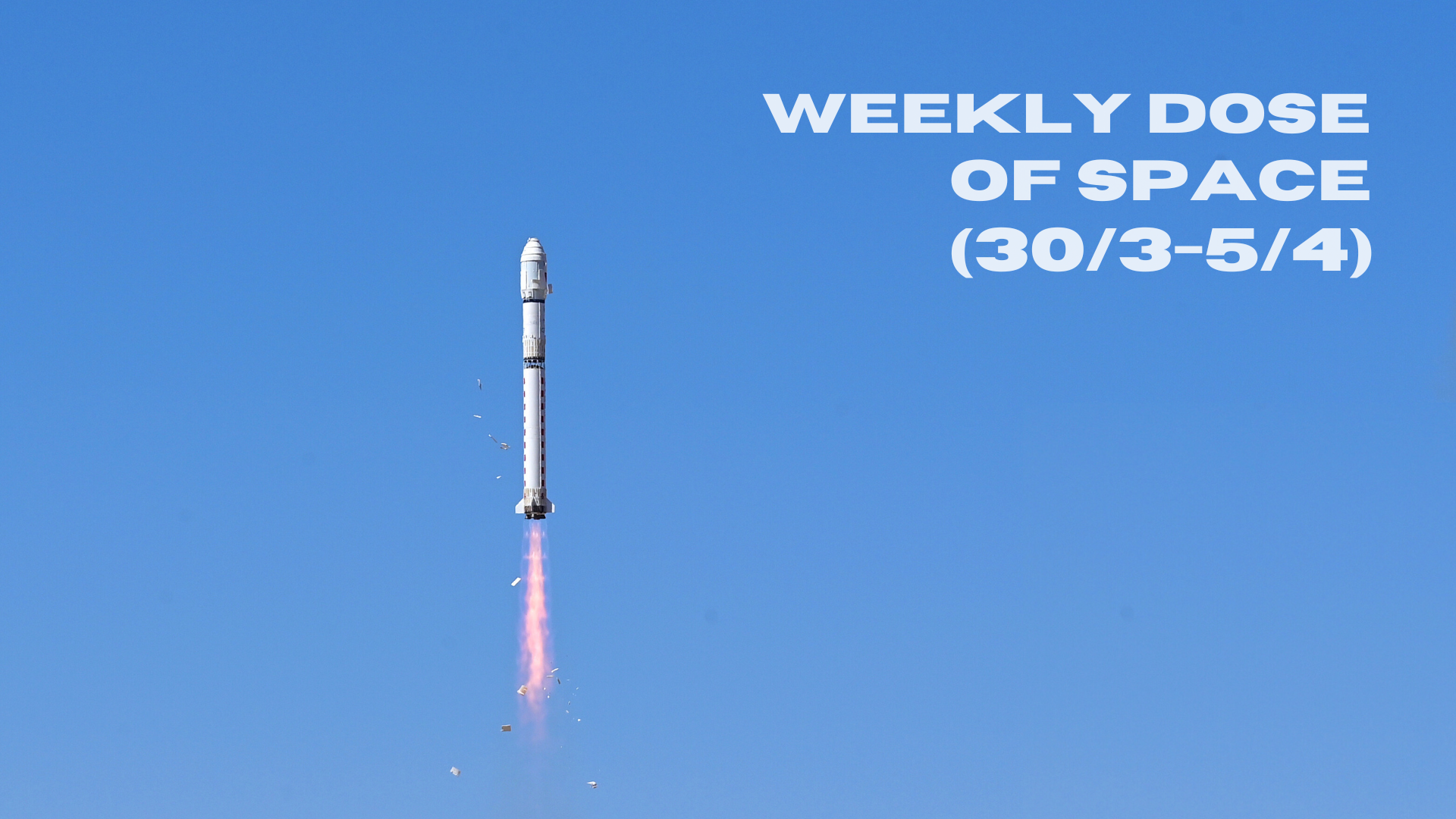Table of Contents
Welcome back to Weekly Dose of Space! This week saw six launches taking place, including the first from Europe proper. News of the week had Kuiper finally heading to the launch pad, a module for NASA's lunar space station arriving in the U.S., and the USSF awarding billions for launches. As always, we'll also look ahead to what the worldwide launch schedule might look like next week.
Launches This Week
March 30th - Spectrum for its debut flight
Isar Aerospace attempted to perform the debut flight of its Spectrum rocket from the Andøya Spaceport in Norway. The vehicle became the first rocket to fly from continental Europe for around half a minute before it fell back to Earth. More details on this flight are available here.
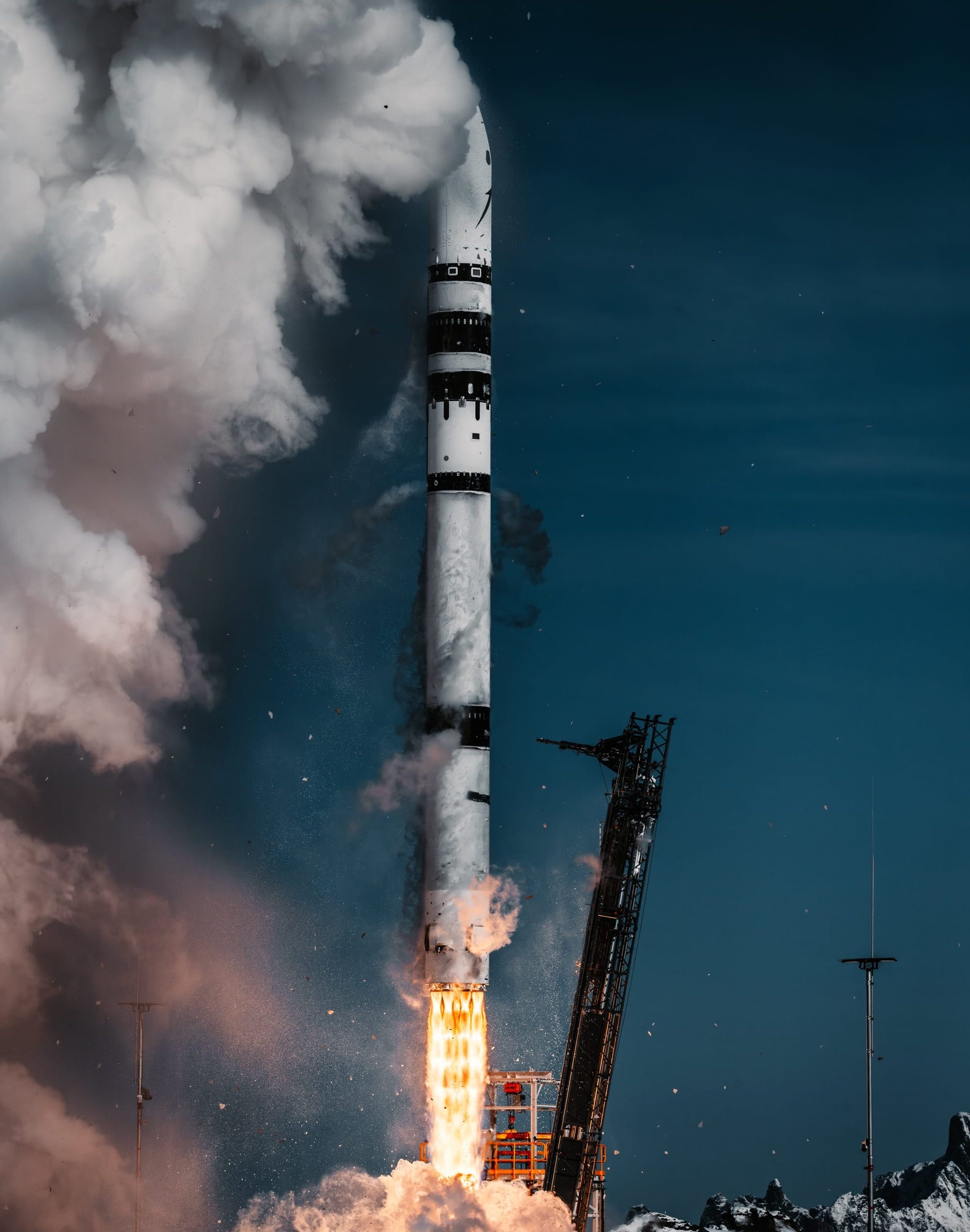
March 31st - Falcon 9 with Starlink Group 6-80
Twenty-eight Starlink satellites were sent to low Earth orbit atop of a Falcon 9, flying from Space Launch Complex 40, in Florida. Booster B1080 supported this launch for its seventeenth flight, with a landing on the drone ship 'Just Read The Instructions' downrange.
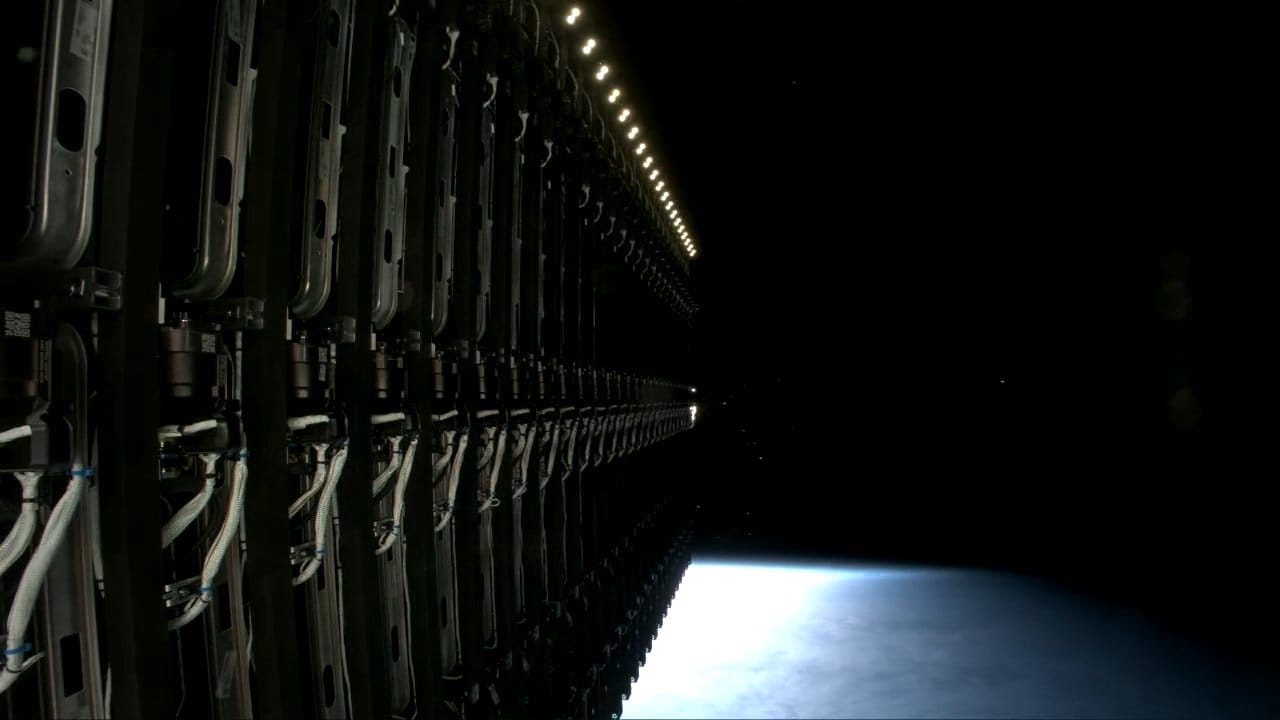
April 1st - Falcon 9 with Fram2
Fram2, the first crewed mission into a polar orbit of the Earth, was launched by a Falcon 9 flying from Launch Complex 39A in Florida. Onboard Crew Dragon atop of the rocket was Mission Commander Chun Wang funded the mission, Vehicle Commander Jannicke Mikkelsen was in command of Crew Dragon, along with Pilot Rabea Rogge, and Eric Philips was the Mission Specialist and Medical Officer. All four crew members were making their first trip to space. Details on the crew and mission are available here and here.
The booster supporting the crewed missions launch was B1085, for its sixth launch with a landing downrange on the drone ship 'A Shortfall Of Gravitas'.
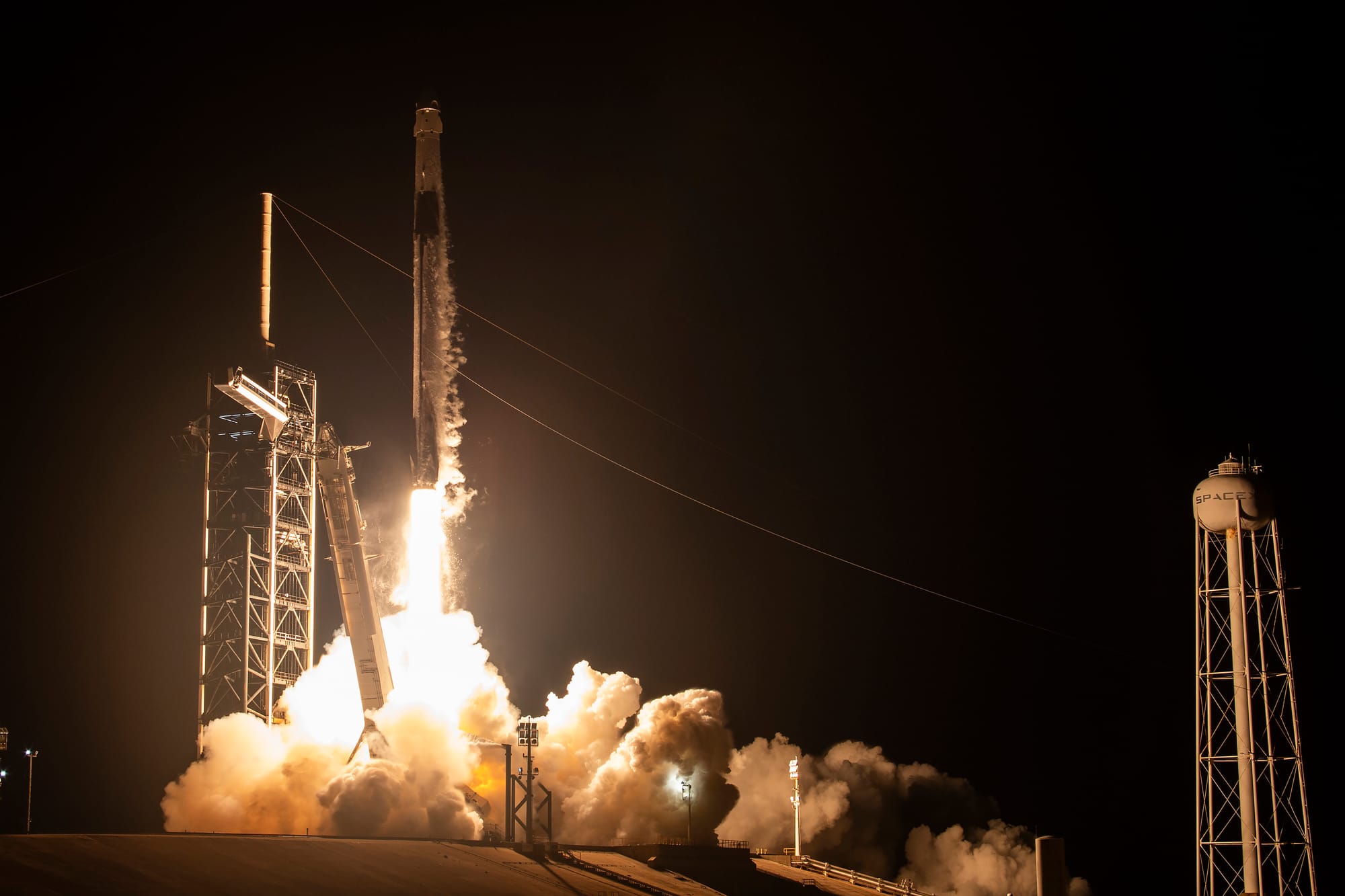
April 1st - Long March 2D with four satellite internet test spacecraft
A Long March 2D blasted off from Launch Area 4 at the Jiuquan Satellite Launch Center carrying four satellite internet test spacecraft to low Earth orbit. The four spacecraft are expected to perform satellite internet technology testing and verification, including direct-to-device connections.
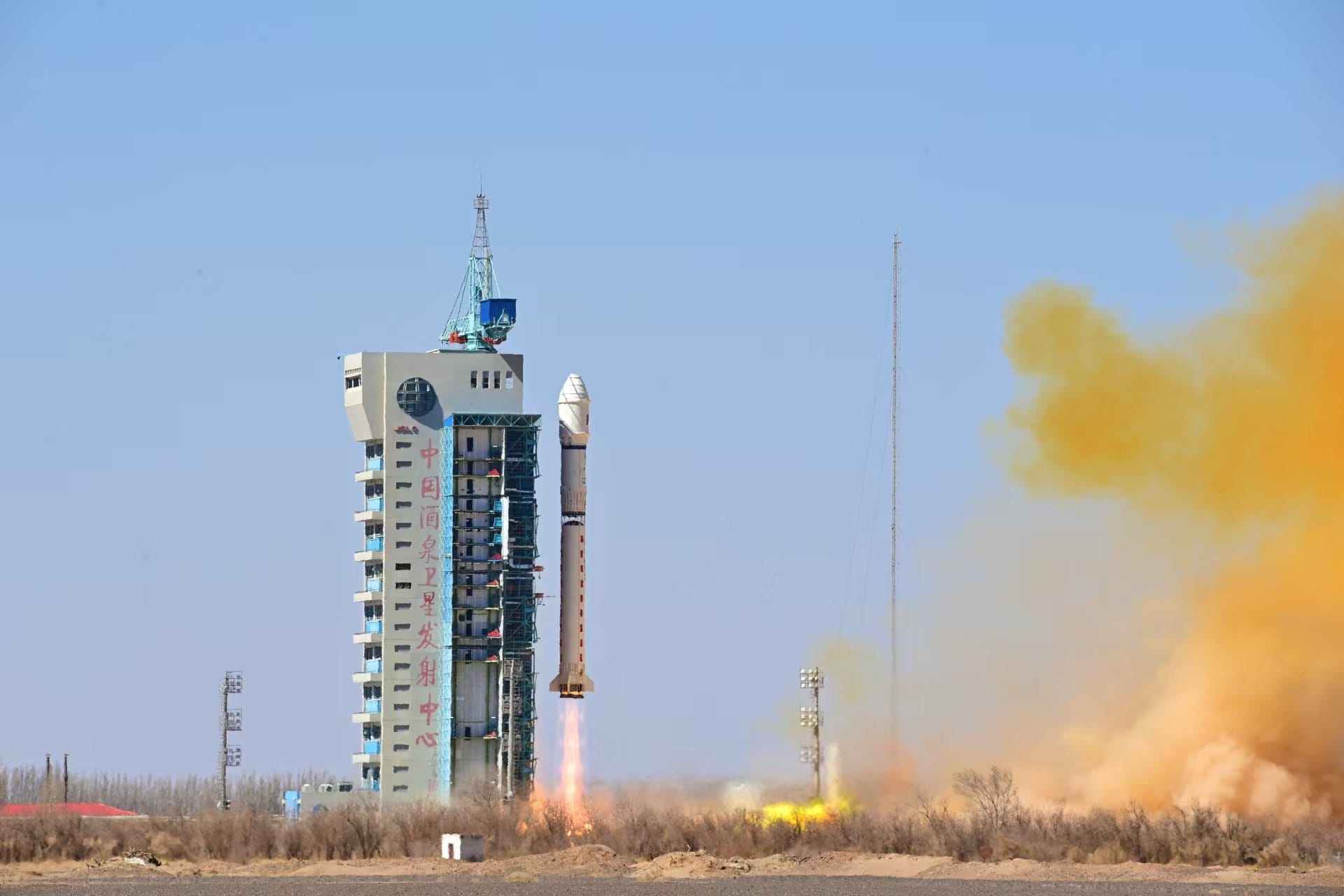
April 3rd - Long March 6 with Tianping-3A-02
A Long March 6 lifted off from Launch Complex 16 at the Taiyuan Satellite Launch Center carrying the Tianping-3A-02 satellite to low Earth orbit. Tianping-3A-02 is expected to provide atmospheric space environment surveys and orbital prediction model corrections, based on data gathered about the low Earth orbit environment.
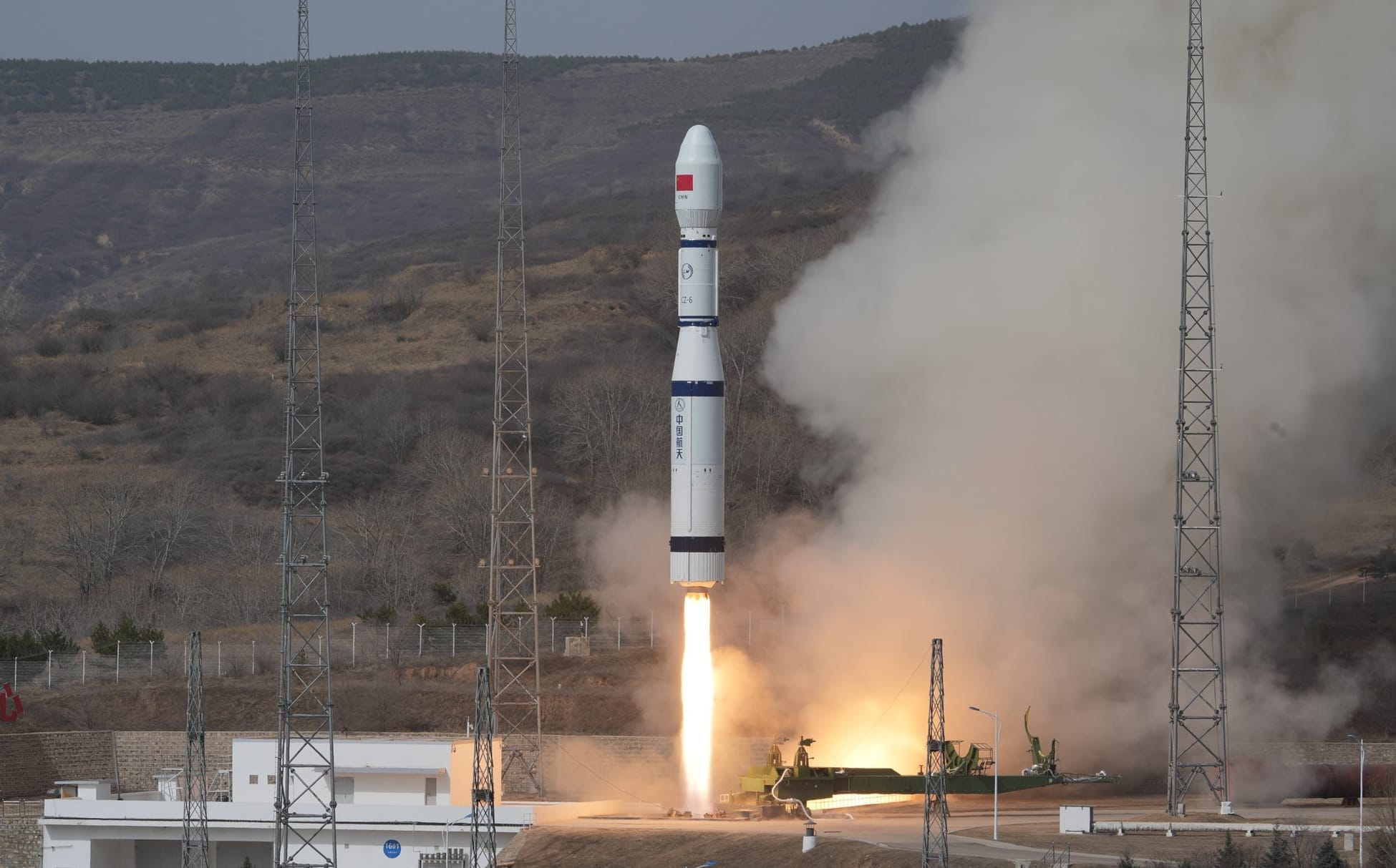
April 4th - Falcon 9 with Starlink Group 11-13
Twenty-seven more Starlink satellites were sent to low Earth orbit from Space Launch Complex 4E, in California, atop of a Falcon 9. Booster B1088 supported this mission, flying for the fifth time and landing on the drone ship 'Of Course I Still Love You' downrange.
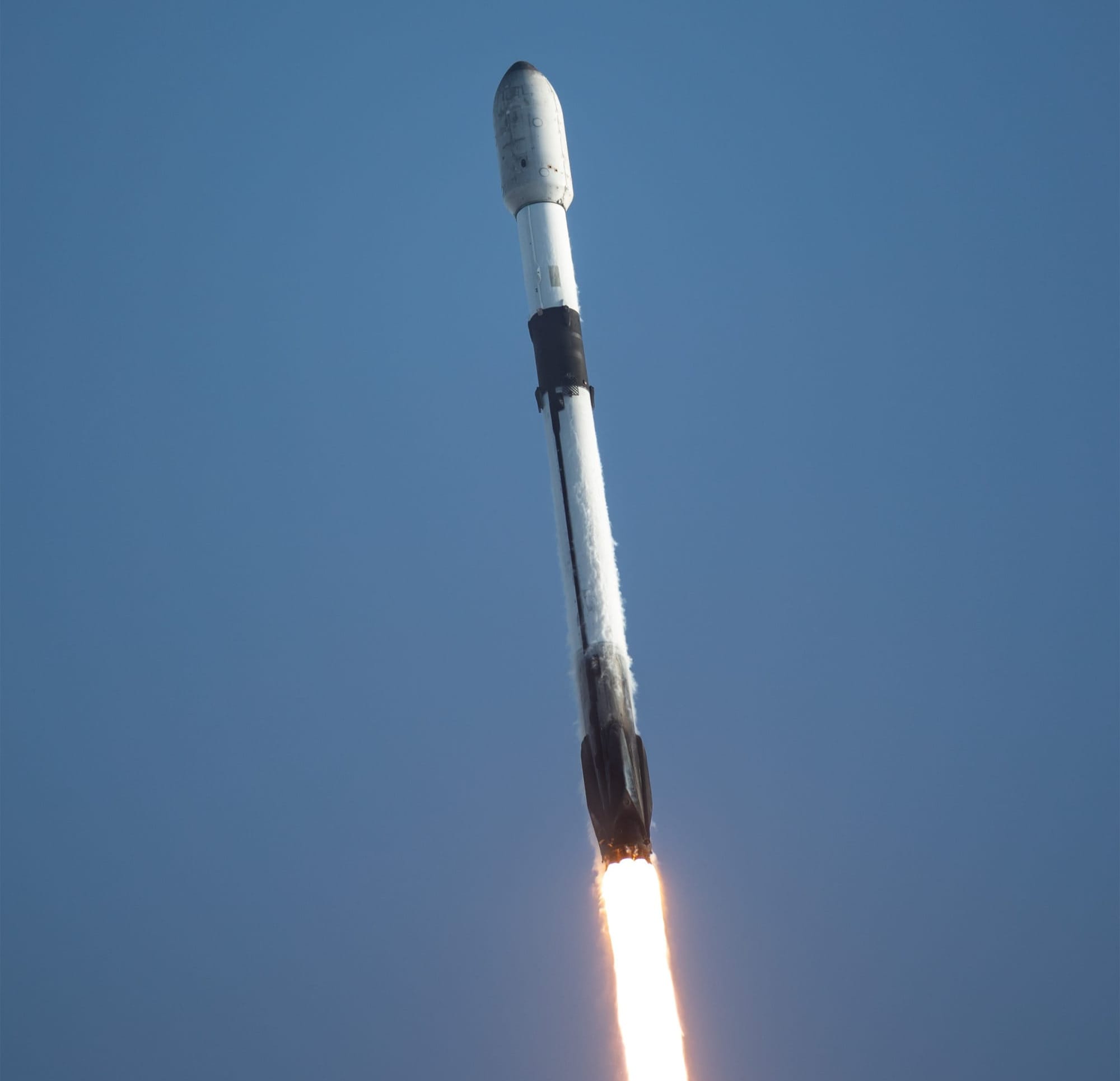
In Other Space News
Amazon prepares for first Kuiper launch
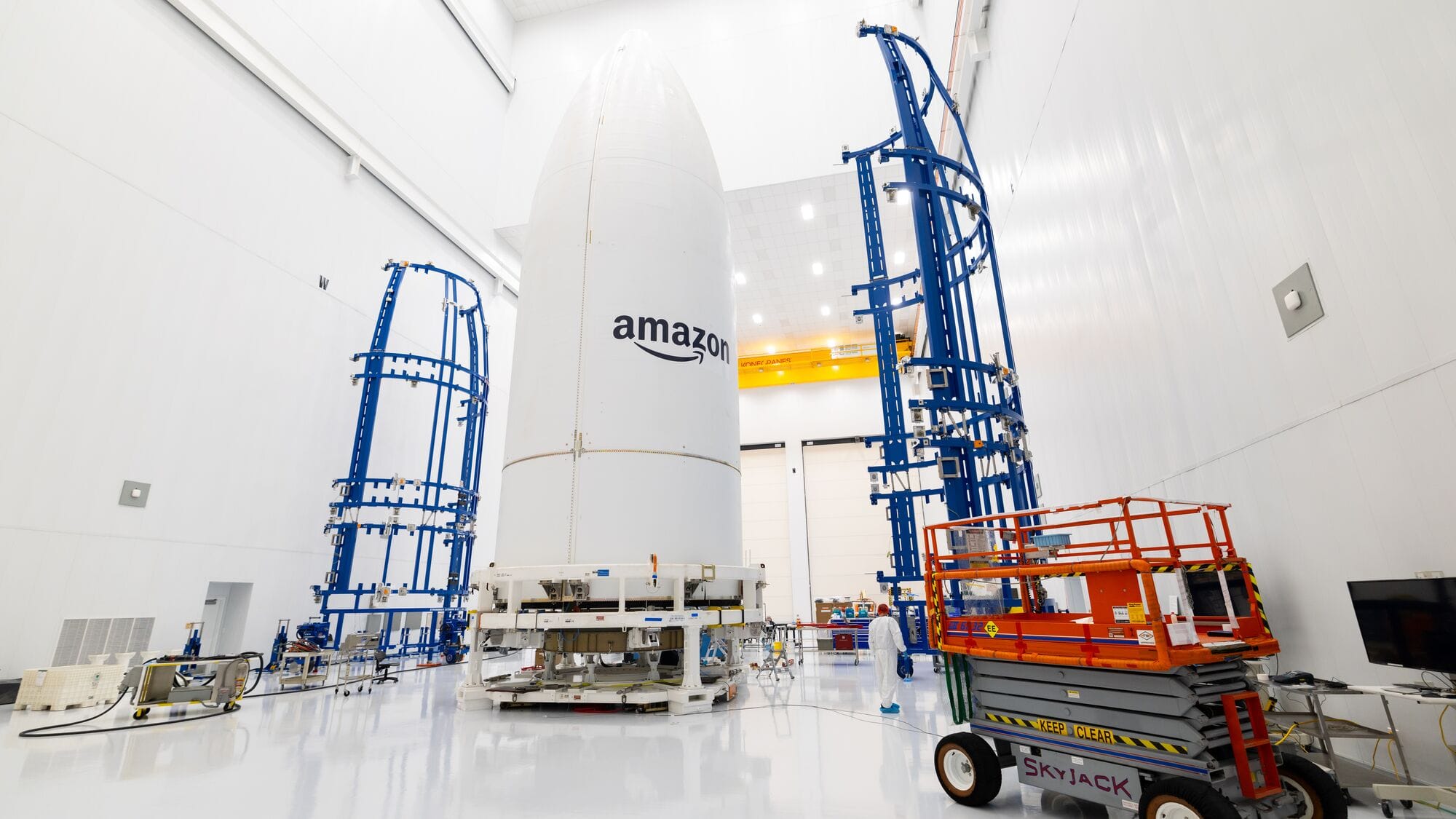
Amazon shared on April 2nd that its first Kuiper mission, KA-01 (for Kuiper Atlas 1), is in the final stages of launch preparations. The first mission is currently set for April 9th atop of an Atlas V, from United Launch Alliance, flying to a roughly 450-kilometer low Earth orbit.
Twenty-seven satellites are currently integrated for the launch and will be the first of over 3,200 spacecraft that make up the company's internet-providing mega-constellation. Amazon hopes that Kuiper will deliver high-speed, low-latency internet to any location on the planet, beginning later this year. Rajeev Badyal, Vice President of Project Kuiper, shared the following regarding the first launch:
“We’ve designed some of the most advanced communications satellites ever built, and every launch is an opportunity to add more capacity and coverage to our network,” – “We’ve done extensive testing on the ground to prepare for this first mission, but there are some things you can only learn in flight, and this will be the first time we’ve flown our final satellite design and the first time we’ve deployed so many satellites at once. No matter how the mission unfolds, this is just the start of our journey, and we have all the pieces in place to learn and adapt as we prepare to launch again and again over the coming years.”
The twenty-seven satellites will be the heaviest payload ever flown on an Atlas V, according to Amazon, necessitating the use of the rocket 551 configuration (five solid rocket boosters, a five-meter fairing, and a single RL-10 engine on Centaur). Atlas V's 551 configuration can deliver 18,814 kilograms to low Earth orbit, indicating that each Kuiper satellite could weigh as much as 690 kilograms.
Additionally, Amazon stated that the next Kuiper mission, KA-02, is already preparing for launch.
Gateway's HALO module arrives in the U.S.
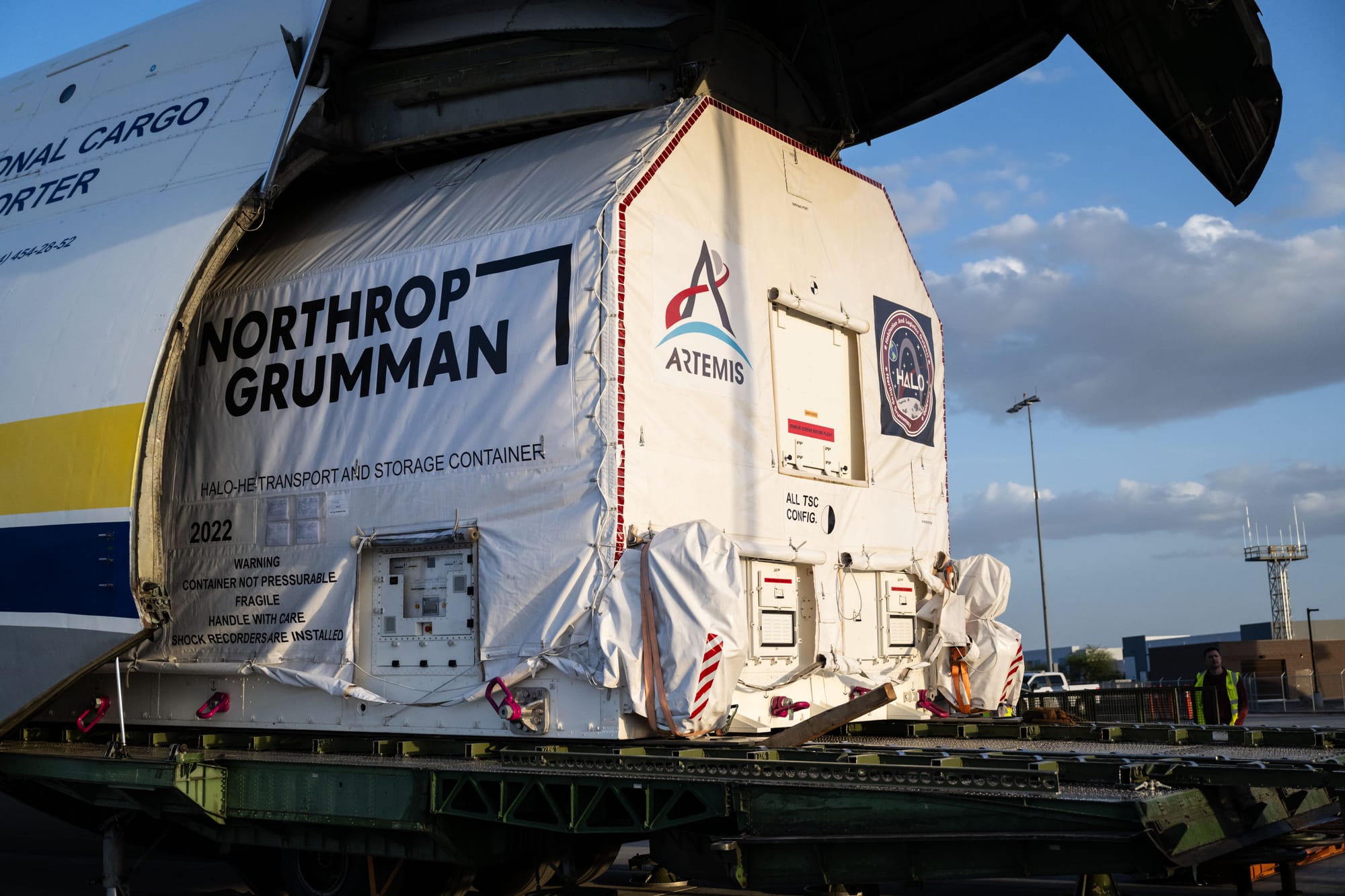
On April 4th NASA shared that the HALO module for the Gateway space station, set to orbit the Moon, had arrived in Arizona after completing work in Italy on April 1st. The HALO, Habitation and Logistics Outpost, module had been undergoing manufacturing with Thales Alenia Space for the past few years.
HALO is expected to provide astronauts a space to live, work, conduct scientific research, and prepare for missions to the lunar surface as well as supporting both internal and external science payloads, enabling research and technology demonstrations in the deep space environment. The module will include docking ports for visiting vehicles such as the crewed Orion spacecraft, lunar landers, and logistics modules.
HALO is currently set to launch with the PPE module, Power and Propulsion Element, atop of a Falcon Heavy in 2027, utilizing the rocket's in-development extended fairing.
13.67 billion worth of U.S. military launches awarded
The U.S. Space Force announced on April 4th that it had awarded SpaceX, United Launch Alliance, and Blue Origin fifty-four military launches, with a collective value of 13,676,254,515 United States Dollars. SpaceX was awarded 5,923,580,297 dollars for twenty-eight launches, United Launch Alliance was awarded 2,386,234,812 dollars for nineteen missions, and Blue Origin received 2,386,234,812 dollars in preparation for seven missions starting the year after the two other companies.
The fifty-four missions are expected to be assigned through to 2029, and fly up until 2032. Speaking on the mission, Acting Assistant Secretary of the Air Force for Space Acquisition and Integration, Major General Stephen Purdy stated:
"America leads the world in space launch, and through these NSSL Phase 3 Lane 2 contracts, we will ensure continued access to this vital domain," – "These awards bolster our ability to launch critical defense satellites while strengthening our industrial base and enhancing operational readiness."
The awarding of these launches also came one week after the Space Force on-ramped Rocket Lab's Neutron and Stoke Space's Nova to its launch options.
What to Expect Next Week
April 6th - Falcon 9 with Starlink Group 6-72
A Falcon 9 is expected to liftoff from Space Launch Complex 40 carrying twenty-eight Starlink satellites to low Earth orbit.
April 7th - Falcon 9 with Starlink Group 11-11
Another twenty-seven Starlink satellites are expected to be delivered to low Earth orbit by a Falcon 9 flying from Space Launch Complex 4E.
April 8th - Soyuz 2.1a with MS-27
A Soyuz 2.1a is preparing to launch from the Baikonur Cosmodrome with the Soyuz MS-27 spacecraft to the International Space Station. Onboard Soyuz for the MS-27 mission are Roscosmos cosmonauts Sergey Ryzhikov, Alexey Zubritsky, and NASA astronaut Jonathan Kim.
April 9th - Atlas V with KA-01
An Atlas V is preparing to launch from Space Launch Complex 41, in Florida, carrying the first twenty-seven satellites for Amazon's Kuiper internet mega-constellation to low Earth orbit.
April 11th - Falcon 9 with Starlink Group 12-17
More Starlink satellites are expected to be delivered to low Earth orbit from Launch Complex 39A with a Falcon 9.
April 14th - New Shepard for NS-31
Blue Origin is planning to launch New Shepard from its West Texas launch site for a short suborbital flight. Six passengers are planned to be on board and are Aisha Bowe, Amanda Nguyen, Gayle King, Katy Perry, Kerianne Flynn, and Lauren Sánchez.

